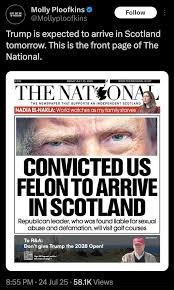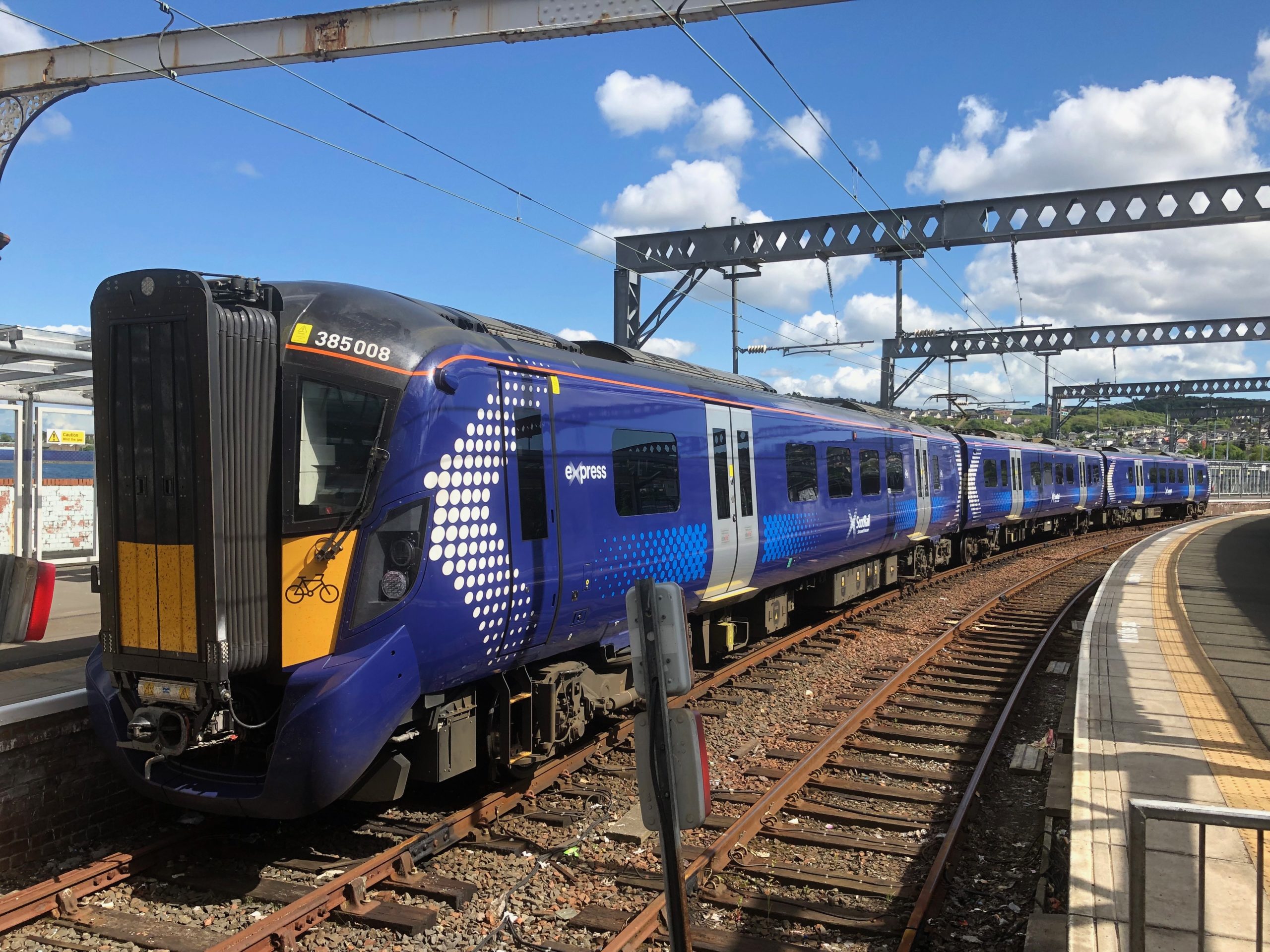
Introduction
Donald Trump’s presence in Scotland has garnered significant attention over the years, primarily due to his investments in golf courses and hospitality. His ventures have sparked discussions on tourism, local economy, and the broader implications of foreign investment in the UK. As Scotland grapples with its post-Brexit identity, understanding Trump’s influence becomes increasingly relevant.
Trump’s Scottish Golf Courses
Trump’s most notable investment is the Trump International Golf Links, located near Aberdeen, which opened in 2012. The course was part of a larger plan to establish a resort that includes housing and hotel facilities. Despite facing opposition from local residents and environmental groups, who raised concerns about its impact on the landscape and wildlife, Trump’s golf course has attracted tourists and golf enthusiasts from around the world.
In addition to the Aberdeen course, Trump acquired the Turnberry resort, a historic location known for its scenic views and rich golfing history. After his renovation efforts, Turnberry has hosted prominent tournaments, including the Open Championship, further raising its profile and enhancing Scotland’s reputation in the golfing world.
Economic Impact and Controversy
Supporters argue that Trump’s investments have provided a much-needed boost to the local economy, creating jobs and increasing tourism in areas where his properties are located. However, critics point out that the perceived economic benefits have not materialised to the extent promised, and some locals remain skeptical about the long-term sustainability of these ventures.
Moreover, Trump’s controversial tenure as President of the United States has further complicated his legacy in Scotland. His repeated remarks about Scotland and his connection to the country have caused considerable debate about the implications of foreign ownership in key tourism areas.
Future Prospects
Looking ahead, the future of Trump’s business ventures in Scotland may depend on several factors, such as changes in local governance, fluctuating tourism trends, and evolving public sentiment toward his brand. As concerns about climate change and local development become more prominent, the sustainability of Trump’s projects will likely remain a point of contention.
Conclusion
Trump’s influence in Scotland encapsulates a broader narrative about foreign investment and local identity. As discussions on economic recovery post-COVID-19 and the implications of global trends continue, the outcomes of Trump’s ventures may serve as a case study for other areas experiencing similar dynamics. Understanding the nuances of Trump’s impact in Scotland will be crucial for stakeholders aiming to navigate the implications of foreign investment in the region.
You may also like

Boris Johnson: A Look at His Current Political Landscape

Recent Developments Involving Jacob Rees-Mogg
